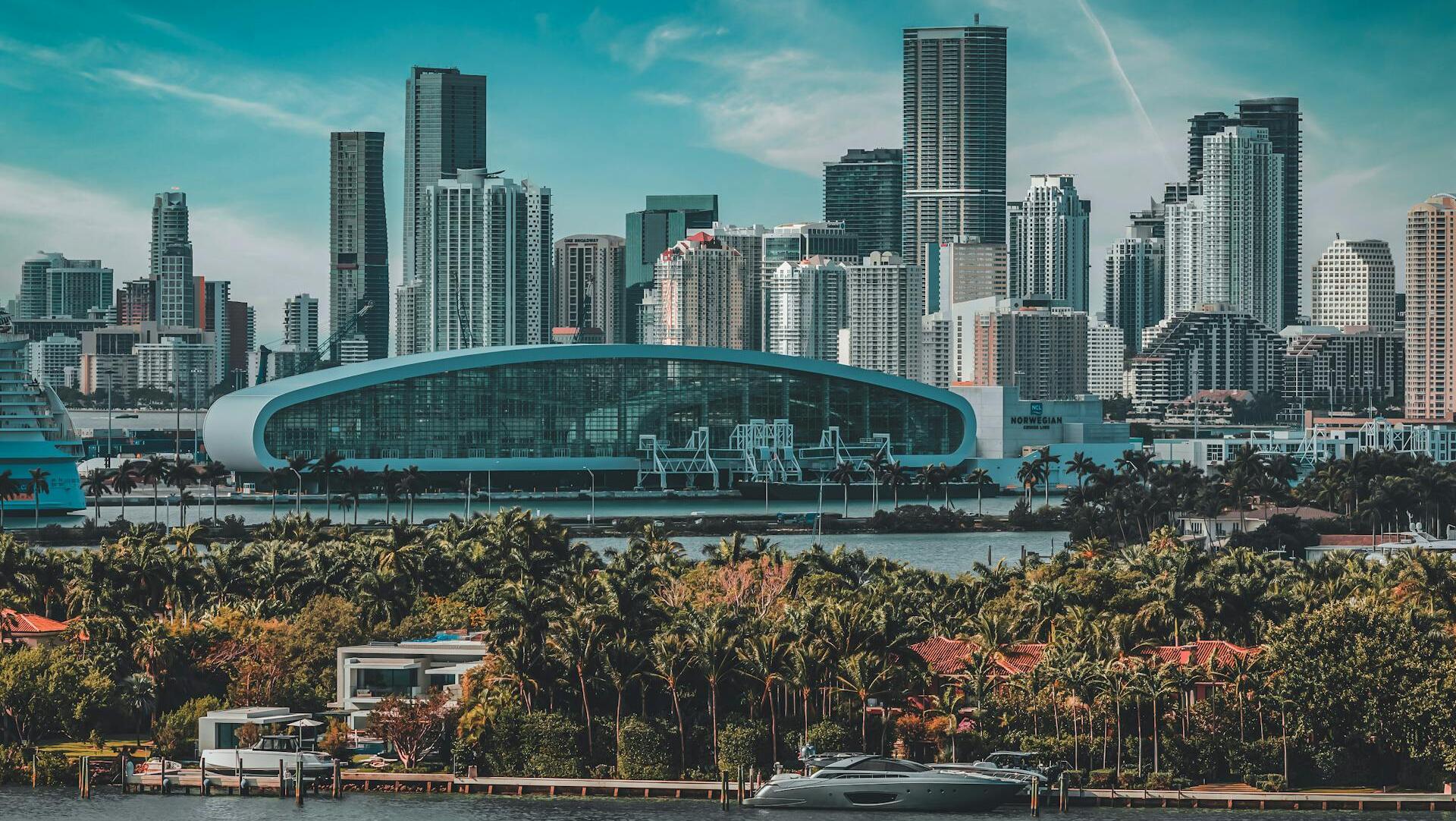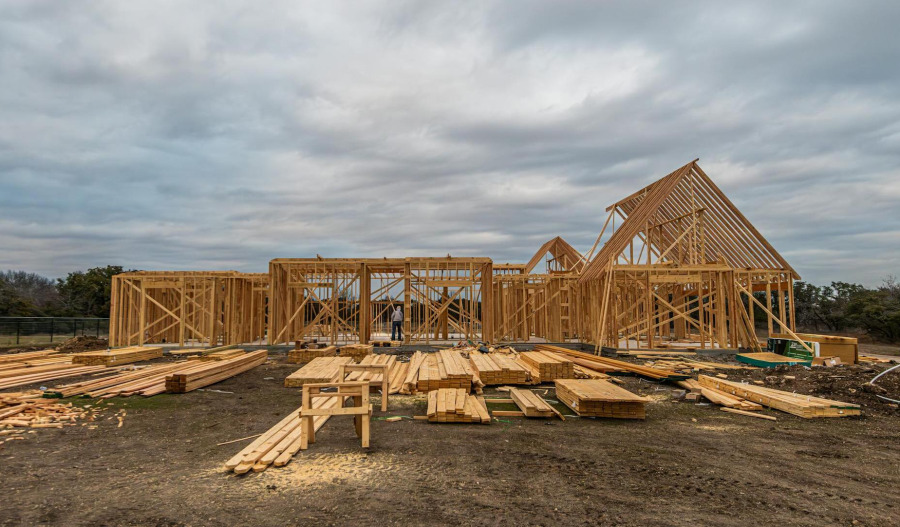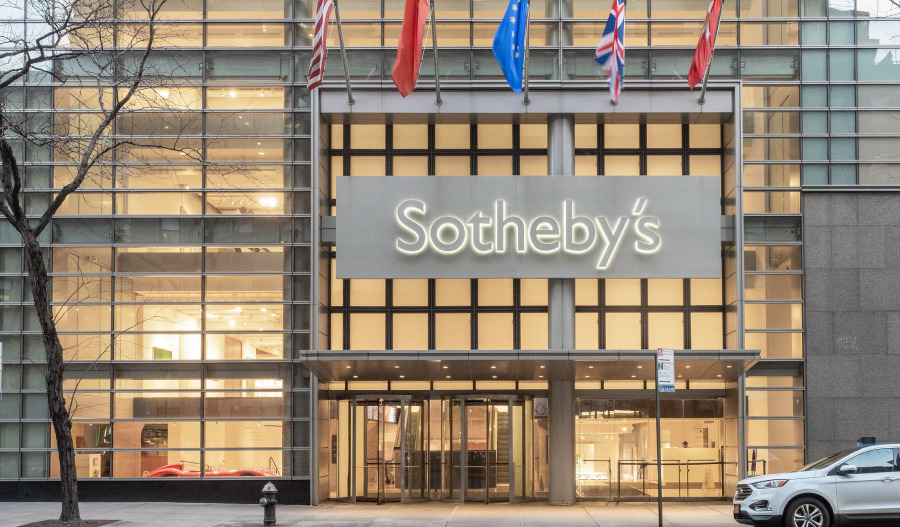Miami has topped investment bank UBS’ 2025 Global Real Estate Bubble Index, marking it as the world’s riskiest housing market.
Tokyo and Zurich followed closely behind, while Los Angeles, Dubai, Amsterdam, and Geneva were also listed as cities with elevated bubble risk, according to the Swiss lender’s annual report.
In contrast, Singapore, Sydney, Vancouver, and Toronto were classified as moderate-risk markets, while European hubs including Madrid, Frankfurt, and Munich shared similar risk levels.
UBS identified London, Paris, Milan, Hong Kong, San Francisco, New York, and São Paulo as lower-risk cities, with São Paulo displaying the most restrained housing exposure among the 50 urban centres analysed.
UBS reported that global housing markets have broadly cooled over the past year, with price-to-rent ratios falling across Europe and Asia - except in Tokyo.
Mortgage lending has slowed, reflecting persistently high financing costs. Although interest rates have gradually eased since 2023, borrowing costs remain roughly double the levels seen between 2020 and 2022.
Construction activity remains subdued, worsening supply shortages in high-demand cities.
“Average bubble risk in major cities has declined for the third consecutive year,” UBS said.
Toronto and Hong Kong saw the steepest drops in bubble-risk scores, while imbalances in Miami and Tokyo, though still high, have moderated compared with last year.
Miami had a bubble risk score of 1.73%, which is well above the high-risk threshold of 1.5, with the city experiencing the fastest inflation-adjusted home value growth of any city in the survey.
Despite this, momentum has stalled significantly in recent months, with the median price dropping from US$640,000 in July 2024 to $595,000 in July 2025.
UBS points to a mix of runaway insurance costs, ballooning condo maintenance bills, and a price-to-rent ratio that has even surpassed the extremes of the 2006 U.S. housing bubble, the report noted.
The issue also extends to the entire state of Florida, where more than $100 billion in housing market value was lost over the past year.
Conversely, Dubai and Madrid recorded sharp increases, with Dubai’s market appearing “increasingly overheated” amid strong economic growth since 2022.
UBS warned that cities with elevated bubble risk have diverged significantly from economic fundamentals.
By contrast, cities with moderate or low risk saw prices decline by roughly 5%, with rents and wages remaining largely flat.
“Price bubbles are a recurring feature of property markets,” UBS said. “They reflect substantial and sustained mispricing, which is only evident in retrospect.
"Patterns of excess typically include a disconnect between prices and local incomes or rents, and imbalances such as excessive lending or construction.
"Our index measures these risks, but it does not predict the timing of corrections.”
Looking ahead, UBS said demographic trends and overseas investment could reshape markets again. Aging populations in Europe may concentrate demand in major cities, while foreign buyers have spurred recent surges in Tokyo, Madrid, Miami, and Dubai.
However, new taxes, purchase restrictions, and tighter regulations have restrained demand in Vancouver, Sydney, Paris, Singapore, and London.
Affordability remains a major concern. UBS found that skilled service workers can no longer afford even a modest 60-square-metre apartment in most global cities.
Hong Kong remains the least affordable, requiring roughly 14 years of average income to buy such a home. Price-to-income ratios exceed 10 in Paris, London, and Tokyo, while local wages fall short in Zurich, Sydney, Geneva, Munich, and São Paulo.
Rising mortgage rates and shorter loan maturities have cut buying power dramatically, shrinking the average affordable living space by about 30% since 2021.



